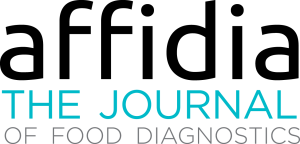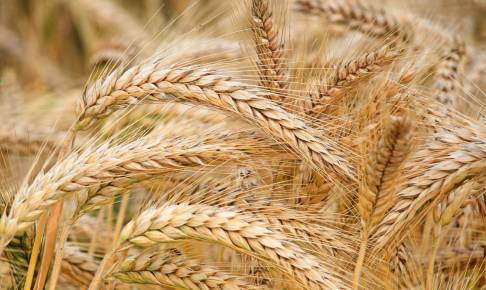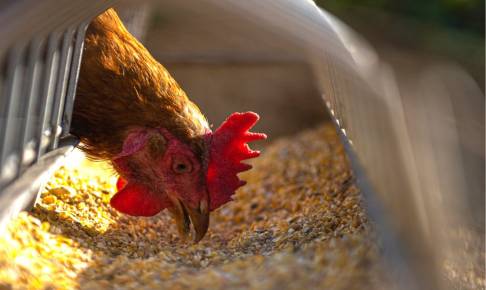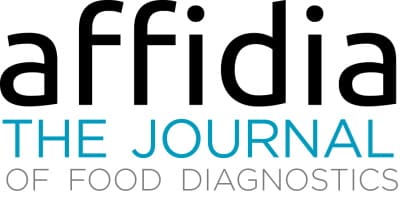Aflatoxin M1: is it time for a change? (Pt. 1&2)
Introduction
The growth of fungi that produce mycotoxins is dependent on weather conditions. All fungi need humidity to grow, but some prefer relatively cold weather conditions (e.g. Fusarium species) while others prefer higher temperatures (e.g. Aspergillus species).
Over the last 20 years in southern Europe - an area not previously considered at risk for aflatoxins - the frequency and intensity of hot summers has created the conditions for high levels of aflatoxin contamination in maize crops. Maize is an important ingredient in dairy cow feed and European cow milk was subsequently contaminated with what is called “milk aflatoxin”, or aflatoxin M1.
The scientific literature primarily reports the aflatoxin case of 2012 in Europe while mostly ignoring other major cases of aflatoxin food chain contamination that occurred in Europe, and particularly what occurred in 2003 in northern Italy (for example, see Pickova 2021).
This short review presents a picture of the impact the Aspergillus flavus corn infection had on European food and feed over the last 20 years and how farmers, grain processors, the dairy industry, and public health authorities reacted and how they continue to cope with a “disease” that appears to be endemic. Finally, we will discuss whether monitoring aflatoxin M1 alone is sufficient and what can be done to avoid wasting corn and milk when we face similar aflatoxin crises in the future.
Why milk?
Milk contamination by aflatoxin is due to contaminated animal feed. Aflatoxin M1 is one of the aflatoxin B1 metabolites that the liver makes to excrete toxins from the body. Aflatoxin B1 is rapidly absorbed from the rumen before being metabolized by the liver. Fifteen minutes after ingestion of contaminated feed, aflatoxin M1 is detectable in the blood (Moschini et al. 2007), and it is detectable in the milk at the first milking after ingestion.
When the farmer replaces contaminated feed, it takes two to three days before cows produce aflatoxin-free milk. When cows, sheep, goats, donkeys, or buffalo consume feed contaminated by aflatoxins, M1 is not the only toxin found in the milk. Small amounts of aflatoxin B1 can be present, along with other aflatoxins and aflatoxin metabolites. Smaller amounts of aflatoxin M2 (metabolite of aflatoxin B2), aflatoxicol, aflatoxin Q and aflatoxin P may also be present. Apart from aflatoxin M2, there is little data available describing the occurrence of these other molecules. Data for toxicity - and especially carcinogenicity - are available but are insufficient in most cases. Regulatory limits are also, for now, applicable only to aflatoxin M1.
Regulatory limits
Rarely are regulatory limits between countries so different from one another as they are in the case of aflatoxin M1, even in developed countries. Generally, there are two groups: countries that follow the limit established by Codex Alimentarius (WHO and FAO 2001) of 0.5 μg/kg milk, like the USA, Japan, China, Brazil, India, and countrie
Download content now





















